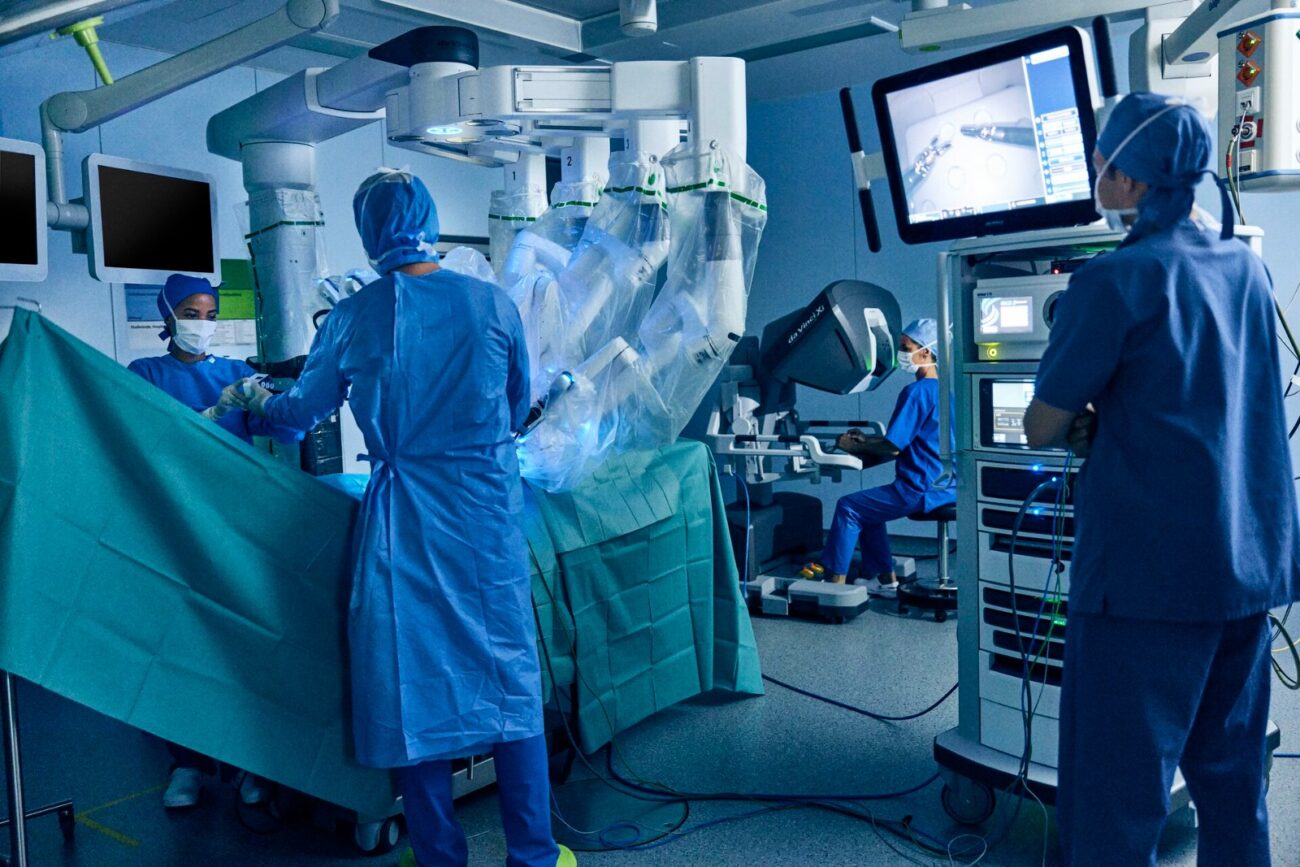Mesh Technology Revolutionizes Hernia Surgery, Enhancing Patient Outcomes and Quality of Life
Dr. Rajeev Premnath, General, Laparoscopic Surgeon and Endoscopist, Hitech Hernia Centre, Ramakrishna Hospital Jayanagar, Bengaluru Abdominal wall hernia repairs are among the most common procedures in general surgery. Recent advancements in hernia repair surgery, fuelled by rising awareness of

Dr. Rajeev Premnath, General, Laparoscopic Surgeon and Endoscopist,
Hitech Hernia Centre, Ramakrishna Hospital Jayanagar, Bengaluru
Abdominal wall hernia repairs are among the most common procedures in general surgery. Recent advancements in hernia repair surgery, fuelled by rising awareness of mesh-related issues, have placed a strong emphasis on improving patient outcomes and quality of life.
Understanding Hernia and its causes
A hernia occurs when an organ or part of it protrudes through a gap in the muscle wall. Its name originates from the Latin “hernia,” meaning “bulge,” and the Greek “rupture.” While many people with hernias don’t experience pain apart from noticing the bulge, emergencies can arise if an organ gets trapped, posing life-threatening risks. Urgent surgery is necessary within 4-6 hours when the small bowel is strangled in a hernia to prevent complications like bowel gangrene.
Hernias can be sporadic or genetic, and obesity plays a role in their development by straining muscles. Smoking can weaken soft tissues, leading to hernias. Proper exercises with a trainer can prevent muscle strain.
Understanding hernia types and locations
Hernias are categorized based on their location, and several common types exist. One prevalent type is the Inguinal Hernia, which is typically found in the groin area, where the thigh meets the abdominal wall. Incomplete inguinal hernias do not extend into the scrotum, while complete ones may reach the scrotum. Direct hernias tend to move forward and are more common in older individuals, often occurring bilaterally. Indirect hernias, on the other hand, pass through the inguinal canal and are more frequently seen in men, often present since birth.
Femoral Hernias occur at the front of the thigh and are more common in women than in men. Umbilical Hernias are located at the navel, frequently associated with multiple pregnancies. They can also be classified as infra umbilical when below the navel and supraumbilical when above it. Epigastric Hernias are found in the upper abdomen above the navel, while Incisional Hernias develop through old incision scars or repaired hernia sites.
Abdominal wall hernias are common, affecting about 1.7% of people of all ages and 4% of those over 45. Inguinal hernias are the most common, making up 75% of cases, with a higher risk in males (27%) compared to females (3%). Over 20 million prosthetic mesh implants are used globally each year for hernia repair, but exact surgery numbers are unknown. Advances in surgery and treatments are improving care for hernia patients.
Discovery of Meshes
Hernia meshes have evolved over time. In the early 1900s, they were made from materials like silver wire and stainless steel, but these caused problems like breaking and infections. After World War II, better options like polypropylene, polyester, and ePTFE plastics came into use, shaping the meshes we use today.
Meshes work by fixing hernias, restoring the body’s normal anatomy, and preventing them from returning. They reinforce weak spots in the abdominal wall, providing essential strength. An effective mesh should be safe for the body (biocompatible), resistant to infections, easy for surgeons to use, widely accessible, affordable, and long-lasting. These qualities make a mesh successful in hernia repair.
Understanding mesh types
Mesh materials for hernia repair come in various types. Non-composite mesh, like Polypropylene mesh (PPM), is known for its strength and integration with the body, but it can shrink over time and lead to more pain.
Composite Meshes represent another category, where different materials are combined to enhance their properties. This approach aims to improve physiological function while reducing the likelihood of adhesions. An example of this is the Ultrapro mesh.
Biological meshes use tissue from animals or humans with cells removed to create a collagen scaffold for the body. They dissolve over time and are useful for infection or complex repairs. Lighter meshes with larger holes have been developed to reduce issues like mesh movement, nerve sticking, and stiffness.
Connected Bilayer Polypropylene Mesh Devices like UHS and PHS have two interconnected meshes to prevent movement, reduce sutures, and lower the risk of chronic pain. The choice of mesh depends on the patient’s needs and hernia characteristics for effective and comfortable repair.
In the last 20 years, research has shown that lightweight, large-pore meshes are more effective than heavy ones. But mesh choice is just part of a successful repair. Surgeons also consider patient selection, repair method, and skill, all impacting the best results for preventing hernia recurrence and maintaining function.






